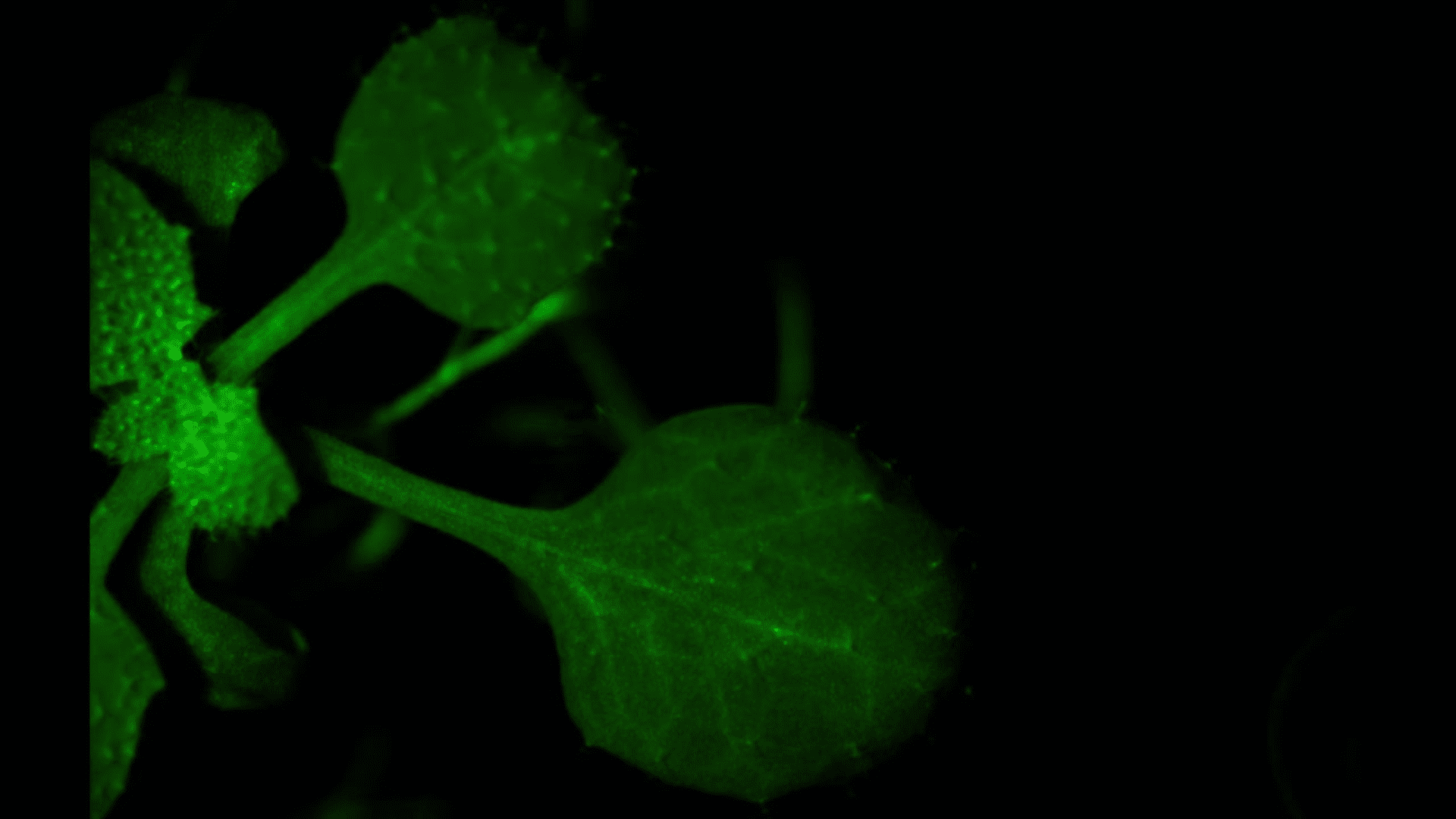Plants are constantly surrounded by a mist of airborne compounds that they use to communicate and protect themselves. A team of Japanese researchers has utilized real-time imaging techniques to reveal how plants receive and respond to these alerts.

Invisible to humans, plants use these compounds to repel hungry herbivores and warn neighboring plants of incoming threats. Scientists have known about these plant defenses since the 1980s, having detected them in over 80 plant species since then.
In the new study, molecular biologists at Saitama University in Japan, Yuri Aratani and Takuya Uemura, rigged a pump to transfer compounds emitted by injured and insect-riddled plants onto their undamaged neighbors. The experiment also included a fluorescence microscope to observe the results.
Caterpillars were set on leaves cut from tomato plants and Arabidopsis thaliana, a common weed in the mustard family. Researchers imaged the responses of a second, intact, insect-free Arabidopsis plant to those danger cues.
These plants had been genetically altered so their cells contained a biosensor that fluoresced green when an influx of calcium ions was detected. The team used plastic bottles to create a concentrated stream of the volatile compounds that plants release within seconds of wounding.
The constant stream of compounds was pumped onto the recipient plants and also analyzed by the researchers. The video of the process demonstrates that the undamaged plants received the messages of their neighbors and responded with bursts of calcium signaling on their leaves.
After analyzing the airborne compounds, the researchers found that two compounds called Z-3-HAL and E-2-HAL induced calcium signals in Arabidopsis. They also identified which cells are the first to respond to danger by engineering Arabidopsis plants with fluorescent sensors exclusively in guard, mesophyll, or epidermal cells.
When Arabidopsis plants were exposed to Z-3-HAL, guard cells generated calcium signals within approximately a minute, after which mesophyll cells picked up the message.
“We have finally unveiled the intricate story of when, where, and how plants respond to airborne ‘warning messages’ from their threatened neighbors,” says Masatsugu Toyota, a molecular biologist at Saitama University in Japan and senior author of the study. “This ethereal communication network, hidden from our view, plays a pivotal role in safeguarding neighboring plants from imminent threats in a timely manner.”







